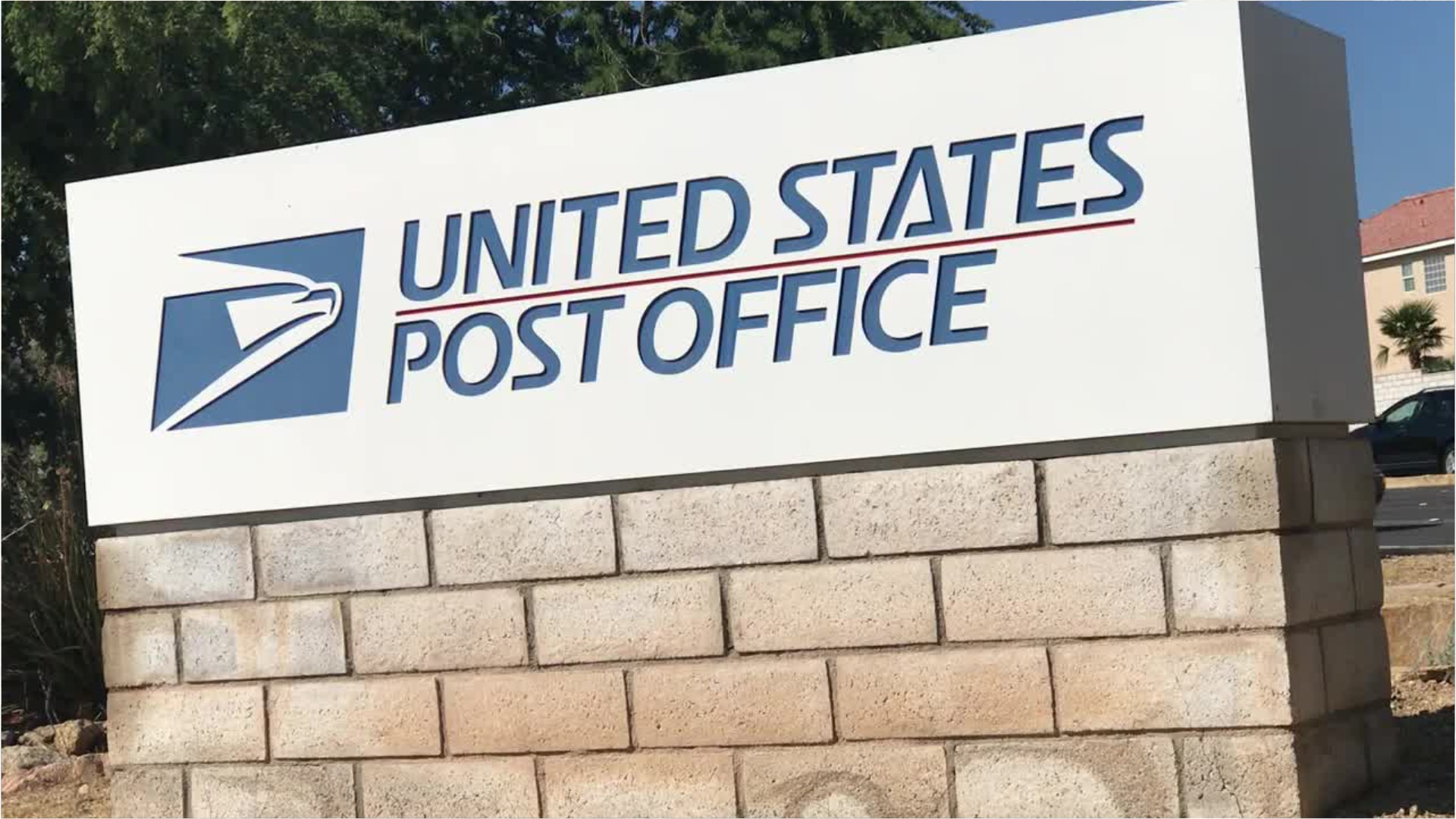Postal Service Mail Sorters, Processors, & Processing Machine Operators
Automation Clerk, Distribution Clerk, Mail Handler, Mail Processor
 Select a military branch to see samples.
Select a military branch to see samples.
Air Transportation; Air Transportation Apprentice; Air Transportation Craftsman; Air Transportation Helper; Air Transportation Journeyman; Air Transportation Superintendent
No similar titles were found.
Storekeeper
Postal Clerk; Postal Officer
Independent Duty Postal Clerk; Logistics Specialist; Logistics Specialist (Submarine); Postal Clerk; Postal Officer
No similar titles were found.
What they do:
Prepare incoming and outgoing mail for distribution for the United States Postal Service (USPS). Examine, sort, and route mail. Load, operate, and occasionally adjust and repair mail processing, sorting, and canceling machinery. Keep records of shipments, pouches, and sacks, and perform other duties related to mail handling within the postal service. Includes postal service mail sorters and processors employed by USPS contractors.
On the job, you would:
- Clear jams in sorting equipment.
- Operate various types of equipment, such as computer scanning equipment, addressographs, mimeographs, optical character readers, and bar-code sorters.
- Sort odd-sized mail by hand, sort mail that other workers have been unable to sort, and segregate items requiring special handling.
Knowledge
Arts and Humanities
- English language
Manufactured or Agricultural Goods
- manufacture and distribution of products
Skills
Basic Skills
- keeping track of how well people and/or groups are doing in order to make improvements
- reading work related information
Problem Solving
- noticing a problem and figuring out the best way to solve it
Abilities
Hand and Finger Use
- hold or move items with your hands
- put together small parts with your fingers
Verbal
- read and understand what is written
- communicate by speaking
Personality
People interested in this work like activities that include data, detail, and regular routines.
They do well at jobs that need:
- Attention to Detail
- Dependability
- Integrity
- Cautiousness
- Stress Tolerance
- Perseverance
Technology
You might use software like this on the job:
Enterprise resource planning ERP software
- Delivery operations information system DOIS
- SAP software
Data base user interface and query software
- Address Management System AMS
- Directory software
Spreadsheet software
- Microsoft Excel
Education
Education: (rated 2 of 5)
high school diploma/GED or
no high school diploma/GED
usually needed
no high school diploma/GED
usually needed
Job Outlook
Below Average
New job opportunities are less likely in the future.
Explore More
- Mail Clerks & Mail Machine Operators
- Office Machine Operators
- Postal Service Clerks
- Shipping, Receiving, & Inventory Clerks
- Stockers & Order Fillers
You might like a career in one of these industries:
See more details at O*NET OnLine about Postal Service Mail Sorters, Processors, & Processing Machine Operators.





